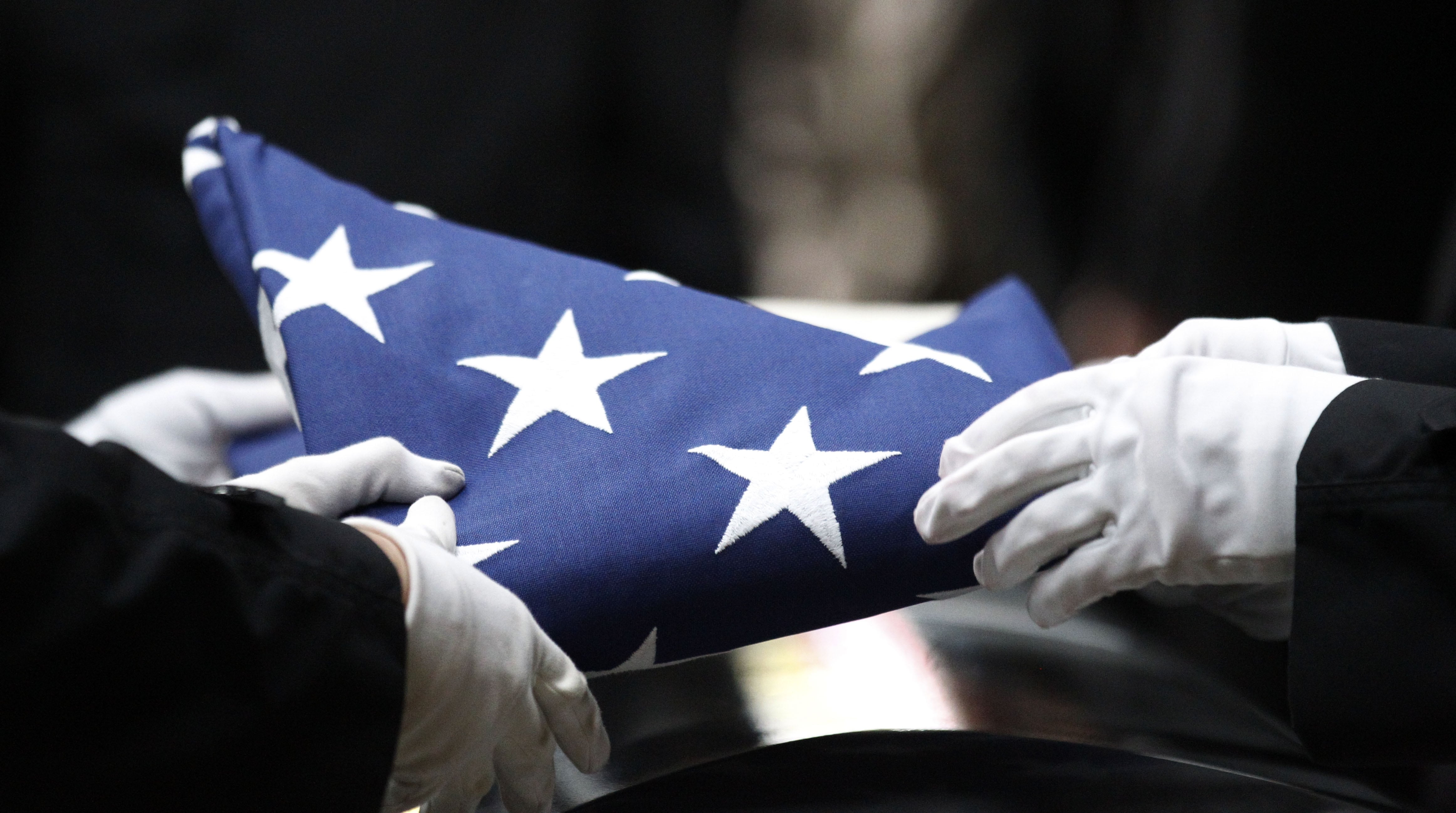About half of active-duty troops surveyed in the latest Military Times Poll believe the ongoing coronavirus pandemic represents a significant threat to military readiness and operations, but respondents were split over whether service leaders have done enough to respond to the problem.
Roughly 48 percent of service members who participated in the poll said they do not believe their chain of command has taken the appropriate steps to respond to the coronavirus pandemic. Another 46 percent said they do have confidence in leadership’s response.
The results, collected in partnership with the Institute for Veterans and Military Families (IVMF) at Syracuse University, comes as the United States enters its seventh month of quarantines and virus prevention efforts which have included significant changes in military life.
RELATED

Military travel was nearly completely shut down for three months, duty station moves halted and worldwide operations severely curtailed in an attempt to slow the spread of the virus, which has claimed more than 893,000 lives around the globe.
To date, the Defense Department has reported more than 39,000 coronavirus cases among service members and an additional 17,000 cases among department civilian workers, military dependents and outside contractors. Seven service members have died from complications related to the illness.
Troops who participated in the poll had a more positive view of their peers’ response to the pandemic than their leadership. About 48 percent said they believe that their fellow service members have taken appropriate steps to respond to the illness, versus 39 percent who felt they have not.
“Most are being cautious with good hygiene,” wrote one anonymous respondent. “But some are trying to get back to normal living, resulting in additional exposures.”
Complaints about peers included a lack of discipline in regards to social distancing and mask wearing, and an attitude that the virus threat was overblown. Unprompted, about 2 percent of troops who took part in the poll complained about media members overhyping the threat, submitting comments like “it is a political scam and the military is buying right into it.”
Complaints about command, on the other hand, centered on inconsistent rules and poorly communicated changes.
“Every installation has its own procedures in place,” wrote another respondent. “Since there isn’t a unified front from the president down, everyone is reacting rather than being proactive. You still have formations failing to adhere to CDC guidance, no separations, no masks, still conducting (fitness tests) all against DOD guidance.”
Another wrote that commanders “either need to be all in or all out on social distancing and the like” if they want troops to follow the instructions.
“If we are serious about flattening a curve, we wouldn’t still be doing global rotations of forces and still moving people and families around the globe,” the respondent wrote. “If we are not going to actually do a full global stop-movement and hold current deployed forces where they are, we need to quit faking a half-response.”
Officers in the poll were significantly more likely to trust their command and their fellow service members for coronavirus response attitudes than enlisted troops.
About 61 percent of officers surveyed said they believe both military leadership and their military peers are taking appropriate steps towards virus prevention and spread. Only 41 percent of enlisted respondents said the same about their command, and 44 percent about their peers.
RELATED

About one in four service members who responded to the Military Times Poll said the ongoing pandemic has made it less likely for them to remain in the ranks. Roughly 58 percent said the sickness would not have any impact on their re-enlistment plans.
But about 45 percent still labeled the ongoing virus as a significant threat to national security, putting it on par with foriegn Islamic jihadist groups (48 percent), white nationalism (48 percent), domestic terrorists (47 percent) and U.S. racial unrest (42 percent).
About 14 percent labeled the ongoing pandemic as a very significant threat to military operations and readiness, with another 35 percent calling it significant and 28 percent more labeling it moderate.
Only 6 percent of respondents said coronavirus presents no threat at all to military operations.
Our methodology
Between July 27 and Aug. 10, Military Times in collaboration with the Institute for Veterans and Military Families at Syracuse University conducted a voluntary, confidential online survey of U.S. service members. Poll participants are readers of Military Times publications whose military status is verified through official Defense Department email addresses.
The survey included about 30 questions on service members’ opinions related to the current political climate, policy and national security in the United States.
The survey received 1,018 responses from active-duty troops. The IVMF used standard methodology to weight the results according to the rank, gender and service branch of the actual U.S. military. The margin of error for most questions was less than 2 percent.
Like most studies where participation is voluntary, the poll’s sample is subject to self-selection bias. Researchers sought to account for that and adhered to generally accepted scientific practices analyzing the data.
The survey audience was 93 percent male and 7 percent female. The respondents identified themselves as 82 percent white, 5 percent Hispanic, 6 percent African American, 2 percent Asian and 6 percent other ethnicities. Respondents were able to select more than one race.
The Military Times and the researchers at IVMF have used identical methodologies for this survey since 2016.
Leo covers Congress, Veterans Affairs and the White House for Military Times. He has covered Washington, D.C. since 2004, focusing on military personnel and veterans policies. His work has earned numerous honors, including a 2009 Polk award, a 2010 National Headliner Award, the IAVA Leadership in Journalism award and the VFW News Media award.





